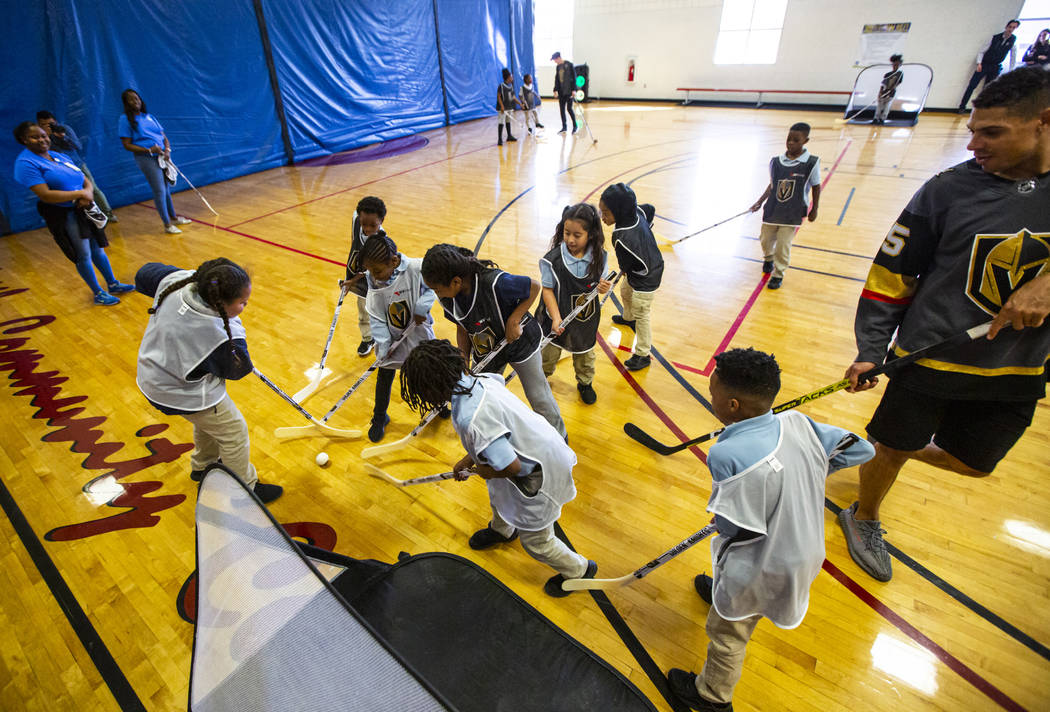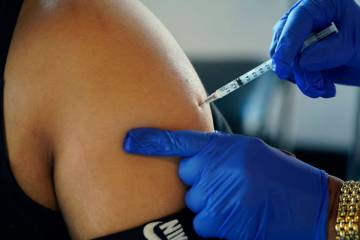Kids resistant to coronavirus, but scientists aren’t sure why
Amid the growing fears surrounding the new coronavirus, an element of good news: Kids, for the most part, aren’t getting sick from it. And those who do typically experience milder symptoms.
Those 18 and under have made up just 2.4 percent of cases of COVID-19 worldwide, according to a report released in late February by the World Health Organization (WHO) and a group of international experts on the virus. Of the children who did become sick, a tiny fraction — 0.2 percent — became critically ill.
Scientists don’t know why this is, though they have theories.
“Children aren’t getting sick from this, unless they have an underlying disease,” noted Dr. Amy Stone, an immunologist and an assistant professor with Touro University Nevada in Henderson.
“One of the thoughts is that something about how the virus is able to get into our cells and our lungs changes as we get older,” she said, noting it is possible that children don’t have receptors that allow the virus to take hold.
Or children may have a level of immune protection to the new coronavirus because of recent exposures to other types of the family of viruses that produce cold symptoms.
It’s possible that they “develop antibodies from other viruses, that their bodies already are at a heightened immune state,” said Dr. Evelyn Montalvo Stanton, chair of pediatrics at the UNLV School of Medicine.
Although it’s possible that children who are asymptomatic could transmit the disease, the WHO report did not identify cases where transmission had occurred from a child to an adult. Public health authorities say that the evidence so far is that the virus is primarily spread through droplets from a cough or sneeze.
Older adults at risk
According to the WHO report, “Individuals at highest risk for severe disease and death include people aged over 60 years and those with underlying conditions such as hypertension, diabetes, cardiovascular disease, chronic respiratory disease and cancer.”
The Chinese Centers for Disease Control and Prevention said that as of Feb. 11, 87 percent of confirmed cases in China, where the virus emerged, were in people ages 30 to 79. The highest death rates were in people over the age of 80, at an estimated 22 percent.
According to the U.S. Centers for Disease Control and Prevention, “Limited reports of children with COVID-19 in China have described cold-like symptoms, such as fever, runny nose, and cough.”
The CDC in the U.S. advises children and their family members to “engage in usual preventive actions to prevent the spread of respiratory infections, including covering coughs, cleaning hands often with soap and water or alcohol-based hand sanitizer and staying up to date on vaccinations, including (for) influenza.”
As for the flu, it isn’t sparing children; the U.S. hospitalization rates among children under the age of 4 is the highest on record at this point in the season, according to the CDC. There have been 136 child deaths from the flu nationwide, including one in Clark County.
The overall hospitalization rate for the flu this season is 58 per 100,000 population. The rate is highest in people 65 and older, at 147.5 per 100,000. The second highest group is children under 5, at 85 per 100,000.
The CDC estimates that so far this season there have been at least 34 million flu illnesses, 350,000 hospitalizations and 20,000 deaths from flu.
There have been more than 800 cases of COVID-19 in the U.S., including four in Nevada, and at least 28 deaths nationwide.
Contact Mary Hynes at mhynes@reviewjournal.com or 702-383-0336. Follow @MaryHynes1 on Twitter.











































